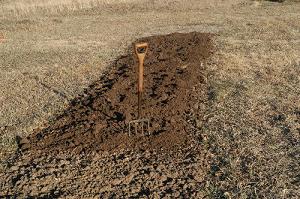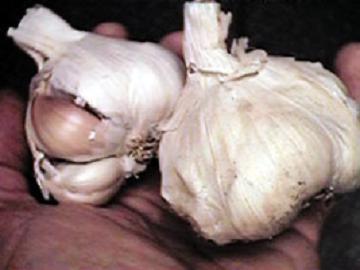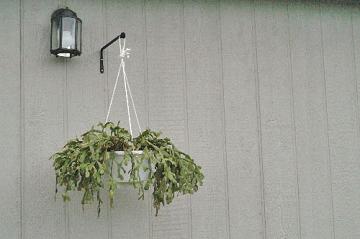Video of the Week:
Cuttings to Grow Inside for the Winter
Turfgrass:
Lawn Seeding Deadline Nears
Seedings done after the cut-off date can be successful, but the success rate goes down the later the planting date. Late plantings that fail are usually not killed by cold temperatures but rather desiccation. The freezing and thawing of soils heave poorly rooted grass plants out of the ground, which then dry and die. Keeping plants watered will help maximize root growth before freezing weather arrives. (Ward Upham)
Ornamentals:
Planting Trees in the Fall
Fall-planted trees require some special care. Remember, that roots are actively growing even though the top is dormant. Make sure the soil stays moist but not soggy. This may require watering not only in the fall but also during the winter months if we experience warm spells that dry the soil. Mulch also is helpful because it minimizes moisture loss and slows the cooling of 2021 Throckmorton Plant Science Cntr. Manhattan, KS 66506 (785) 532-6173 the soil so root growth continues as long as possible. Evergreens should be moved earlier in the fall than deciduous plants. They need at least six weeks before the ground freezes for the roots to become established. (Ward Upham)
Miscellaneous:
Adding Organic Materials Directly to the Garden

Organic materials can be spread to a depth of about 3 inches and tilled in. Be sure the soil is not too wet before tilling. During warm weather, the material will decompose quickly and the process can be repeated every two weeks. Later in the fall, it may take longer. This process can be repeated from now until late November to early December.
Remember that organic matter helps almost any soil. It improves clay soil by improving tilth, aeration and how quickly the soil takes up water. In sandy soils, it acts as a sponge by holding water and nutrients. (Ward Upham)
Garlic Planting Time

Elephant garlic (Allium ampeloprasum) should also be planted now. It is a plant with a milder garlic flavor and is actually a closer relative to the leek than to true garlic. (Ward Upham)
Moving Houseplants Inside for the Winter

Plants that have spent the summer outside should be inspected for insects and disease before bringing them inside. A sharp spray from a garden hose can remove insects or mites from houseplant foliage. Insects in the potting soil can be forced out by soaking the pot in a tub of lukewarm water for about 15 minutes.
Houseplants that have been kept outdoors are accustomed to receiving much more sunlight than they do indoors. So how do we help houseplants acclimatize to the lower light levels inside?
Houseplants brought in from outside should be started out in an area of the home that receives plenty of light, and then gradually moved to their permanent, darker location. This process should take four to eight weeks depending on the degree of difference in light levels between the initial and final location of the plant.
Understanding plant processes allows us to anticipate potential problems. Acclimatization gives houseplants a greater chance of retaining leaves and avoiding the stress of completely replacing them. (Ward Upham)
Contributors: Ward Upham, Extension Associate
 RSS Feed
RSS Feed
